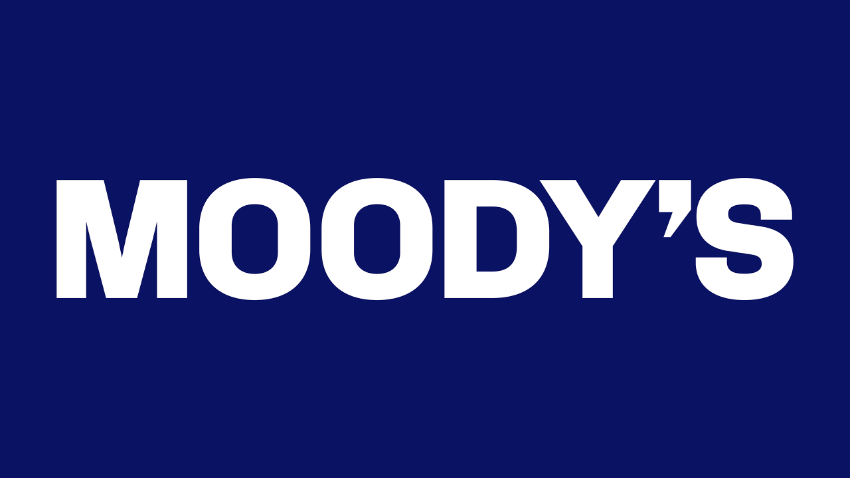Reinsurers’ probable maximum loss (PML) exposures as a percentage of equity capital have remained relatively flat year-over-year at January 1, 2025, even as property catastrophe reinsurance pricing begins to decline, according to a new report from Moody’s Ratings.

PMLs represent the largest modeled loss a reinsurer could incur from a single catastrophic event based on scenario analyses and assumptions.
As per Moody’s report, on a nominal basis, aggregate PMLs have increased year-over-year at January 1, 2025, and have grown significantly since the January 1, 2018 renewals, which marked the end of the previous soft market for property catastrophe reinsurance pricing.
“Despite a moderate pullback in pricing this year, reinsurers are generally still eager to deploy capital in property catastrophe reinsurance (particularly US wind) given the favourable expected returns,” Moody’s said.
The report also highlights varying risk appetites among reinsurers. “Although the weighted average sector US wind PMLs were similar to last year’s, viewing PML trends on an individual company basis highlights the different catastrophe risk appetites and capital allocation priorities among reinsurers,” Moody’s added.
During the January 2025 renewals, property catastrophe pricing remained largely flat for lower-attaching layers but saw some downward pressure on more risk-remote layers.
“Although the heavy losses sustained by reinsurers from the California wildfires earlier this year could provide some support to pricing, the upcoming midyear renewals in the United States are likely to see continued price decreases at higher return periods as more capacity enters the market,” Moody’s noted.
Despite these pricing pressures, demand for reinsurance remains robust, with terms and conditions generally firm and primary insurers retaining more risk at lower return periods.
Moody’s report also referenced broader trends, including rising insured catastrophe losses in recent years driven by growing property exposures and inflation-related cost increases, reinforcing the importance of careful risk management as pricing begins to ease.
Furthermore, as the 2025 Atlantic hurricane season begins, the rating agency also referenced the financial impact of recent elevated storm activity on insurers and reinsurers,
“Insurers and reinsurers have borne the financial impact of elevated levels of storm activity in recent years. In five of the past six years, there have been at least 18 named storms, including a record-breaking 30 named storms in 2020,” Moody’s noted.
“According to Swiss Re, natural catastrophes resulted in $137 billion of insured losses during 2024, which marked the fifth consecutive year that insured natural catastrophe losses have been higher than $100 billion,” the agency continued.
Moody’s also noted that Swiss Re estimates that growing property exposures, particularly in catastrophe-prone areas, will drive insured catastrophe losses higher by 5% to 7% annually over the long term, underscoring the ongoing risk challenges the reinsurance sector faces.
However, while reinsurance pricing has begun to ease, with the Guy Carpenter US Property Catastrophe Rate-On-Line Index declining by 6.2% at January 1, 2025 from the record levels reached a year earlier, Moody’s affirms that property catastrophe reinsurance “remains attractively priced on a risk-adjusted basis.”










